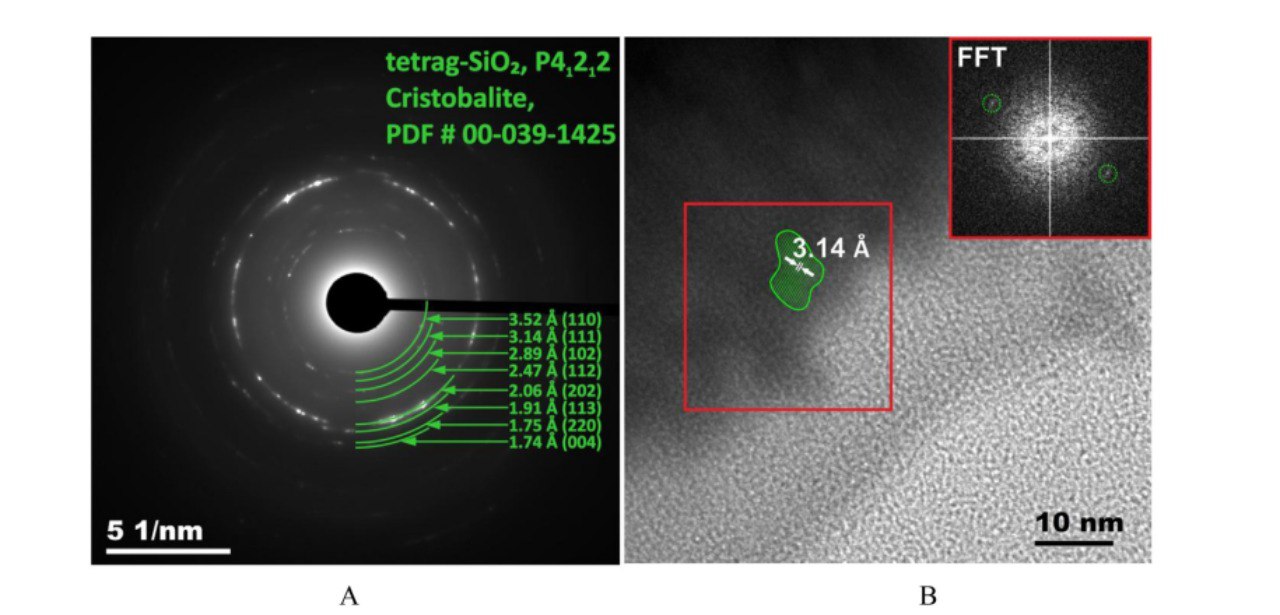Russian scientists develop promising catalysts for microelectronics

A new method for the direct synthesis of silicon dioxide developed by scientists at the Lobachevsky University Research Institute for Chemistry, the RAS Institute of Organometallic Chemistry, and the Russian Mendeleev University of Chemical Technology makes it possible to produce highly efficient catalysts for the synthesis of monosilane, which is the precursor of semiconductor "electronic" silicon and a key component of modern microelectronics.
Porous sorbents based on silicon dioxide were first produced by Russian chemists using a direct, continuous, high-throughput synthesis method - induction flow levitation. Induction levitation of silicon was achieved by two-stage heating: at the first stage the conductivity of silicon was increased, then it was converted to a state of levitation and melted in a countercurrent inductor.
"The process enables the creation of atomic vapour flow from a bulk silicon sample, followed by condensation and oxidation in an oxygen atmosphere, and the formation of nanoparticles. Based on the silicon dioxide obtained, it was possible to produce catalysts with high catalytic activity in the disproportionation reaction of trichlorosilane, which yields monosilane, and then poly- and single-crystalline silicon, which are high-purity and high-value components of modern microelectronics," said Andrey Vorotyntsev, one of the authors of the project, Head of the Laboratory of Engineering Chemistry at the UNN Research Institute for Chemistry.
The new method allows the production of nanospherical and nanostructured silica with a capacity of up to 100 g/h in a continuous non-contact mode, significantly outperforming previously known methods of silica synthesis.
These silica types are promising carriers for catalyst active centres with a high specific surface area that can be shaped for applications in industrial processes.
The article with the results of the study was published in the Elsevier journal Materials Today Chemistry.
The research was carried out in the framework of a grant project funded by the Russian Science Foundation. It also received financial support from the Ministry of Science and Higher Education of the Russian Federation as part of the Laboratory of Ion Materials research project and from the Priority 2030 Strategic Academic Leadership Programme of Lobachevsky University.



